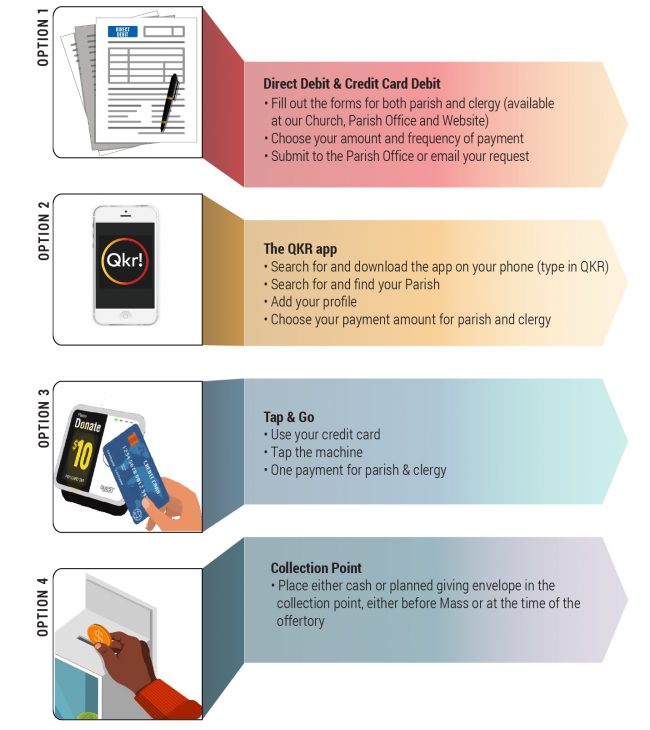Diocesan digital Renaissance in COVID world
 A major crackdown on gatherings within the ACT and NSW during the height of COVID-19 restrictions not only resulted in a loss of Mass for the Archdiocese’s 160,000 Catholics but also a dramatic decrease in the Church’s income flow.
A major crackdown on gatherings within the ACT and NSW during the height of COVID-19 restrictions not only resulted in a loss of Mass for the Archdiocese’s 160,000 Catholics but also a dramatic decrease in the Church’s income flow.
Reflecting on the last several months, Fr Tony Percy, Vicar General for the Archdiocese of Canberra and Goulburn stated that it was only the fifth occasion in Australia’s history that Mass was not available to the faithful.
With the cessation of church services, income flow decreased dramatically. The first collection, which was largely cash, effectively disappeared overnight. The second collection, or planned giving, for the upkeep of the parish also fell although not as dramatically due to many parishioners contributing electronically.
The Catholic Church is the second biggest employer in Australia after the government and employs personnel across the health, social welfare, education and parish sectors.
Fr Tony Percy stated that the pandemic restrictions had impacted the church and its capacity to provide not just for the clergy, but its ability to fulfil its social responsibilities.
Over the past three months Fr Percy and Ms Helen Delahunty, Archdiocesan Financial Administrator, have conducted ‘zoom’ meetings with all the parish finance councils assisting them in reframing their budgets to accommodate the new reality. With the reduction in income, parish staff and services were directly impacted.
As a consequence of the reduction in first collection income, priests resolved to reduce their stipend ($19,000 per annum) by 25% and their monthly car allowance from $800 per month to $600 per month. In order to further reduce expenditure, it was agreed to reduce travel as much as possible and identify other potential savings.
Whilst the Archdiocese’s application for Jobkeeper was initially unsuccessful the second application was approved by the ATO and both priests and parish workers will receive the Jobkeeper payment from June 2020.
Fr Percy acknowledged that a number of Catholic Church employees would receive a greater fortnightly income than prior to Jobkeeper, including the priests.
“The government, conscious of the contribution religious workers make on behalf of the nation, resolved to capture them under the legislation; provided of course, that they met the conditions,” explained Fr Percy.
 “As intended by the government, recipients will spend these funds in the community keeping the economy moving. I have no doubt,” continued Fr Percy.
“As intended by the government, recipients will spend these funds in the community keeping the economy moving. I have no doubt,” continued Fr Percy.
Although the JobKeeper payment has enabled priest and parish staff to be adequately remunerated, the slow return to pre COVID-19 Mass numbers has made it necessary for parishes to constantly review their budgets.
Looking to the future Fr Percy commented that he believed the move to digital giving would only accelerate as the community accepted that cashless transactions were now part of everyday life. To this end parishes were being encouraged to introduce one collection of which thirty percent would be directed to the clergy and seventy percent to the administration and upkeep of the parish.
“The experience over the last few months with the participation in the online Masses and the significant increase in engagement with the diocesan websites, up 300%, suggests that parishioners across the age range are increasingly comfortable with the online domain. Indeed, there is anecdotal evidence suggesting that it has brought families together with children and grandchildren assisting their parents and grandparents get connected, Fr Tony said.”
Parishes have commenced promoting a variety of digital options from Direct Debit, Tap and Go and QKR. To find out more about the digital options please click here or speak with your local parish priest.


